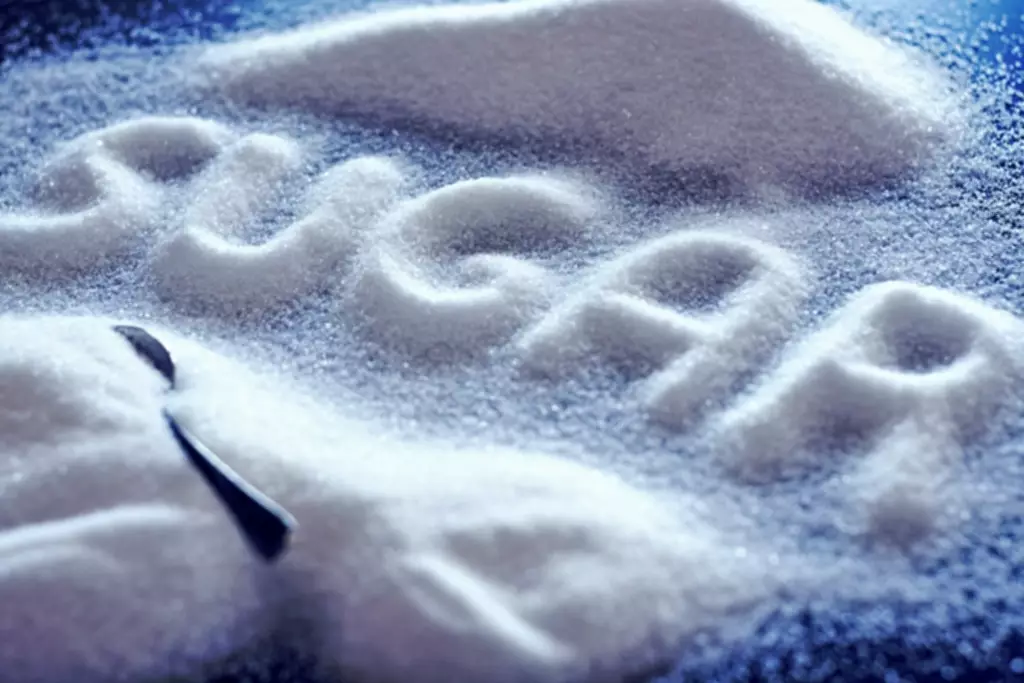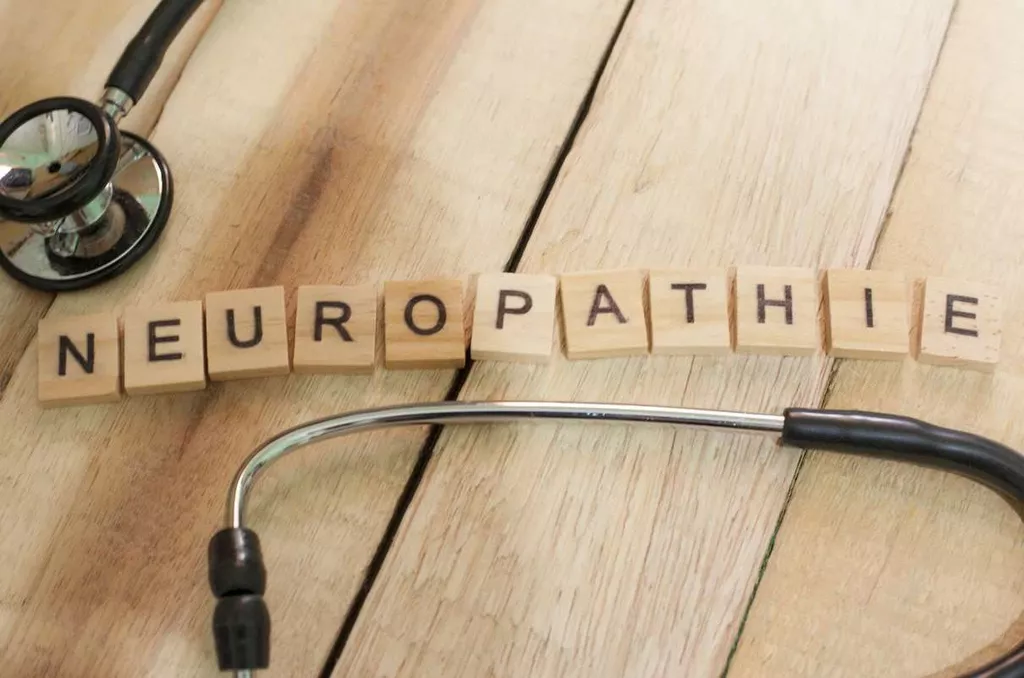
The first signs of relapse will be reduced attention span, memory problems, and social decline. A relapse is a recurrence of symptoms of a disease after a period of improvement. With alcoholism, it happens when an alcoholic drinks excessively again, even https://ecosoberhouse.com/ though they have been sober for a significant amount of time. Relapse is a pretty common occurrence, especially among recovering alcoholics. According to the National Institute on Alcohol Abuse and Alcoholism, approximately 90% of alcoholics will relapse. In some cases, physiciansprescribe pain medications following surgery or other health issues withoutknowing the individual is in recovery.

Time-to-Relapse Patterns
- This means alcoholism affects more than the individual, and that’s why addiction treatment is paramount.
- Familial relationships typically improve as well as those between spouses.
- While alternative treatments can be beneficial, they should not be used as a substitute for evidence-based therapies.
- People who reach multi-year milestones in sobriety often remain free from their substance of choice, illustrating the promise and potential of a well-orchestrated recovery plan.
In these instances, medication may be used to help you reach your goal of stopping drinking or using drugs. Medications can help manage the underlying issues that make it difficult for you to stop using alcohol or drugs and help you cope during recovery. Depression can lead to relapses in alcoholics because their mental state cannot deal with the stress and anxiety involved in drinking alcohol again.
How a Relapse Affects the Body of a Recovering Alcoholic
By using those important techniques, people in recovery will adeptly maneuver any threat of relapse. The effectiveness of peer support is also emphasized in structured environments like residential rehab, where individuals benefit from both professional care and the solidarity of peers facing similar challenges. For more detailed insights, exploring statistics for substance abuse in medical professionals can reveal how peer support within professional networks also contributes to sustained recovery and reduced relapse rates. Over the longer term, strategic approaches that merge medical treatment, ongoing peer-based support, and social interventions can reduce both relapse rates and the immense societal cost of repeated substance misuse. Data consistently show that the journey to recovery is rarely linear, yet persistence, combined with evidence-based care, does yield high success rates over time.

Illegal Drug Addiction
- For many individuals with a history of alcohol addiction, drinking in moderation may not be possible without risking a return to heavy drinking.
- This correlation suggests that sustained treatment approaches are more effective.
- The decision to seek treatment is a significant step toward recovery, but many individuals may relapse after completing a program.
This relationship indicates that higher education levels may provide greater coping mechanisms and resilience against relapse triggers. By recognizing these stages of relapse, individuals can better equip themselves with coping strategies and seek support before moving into the physical realm of relapse. Engaging in local sober activities or recovery-focused programs can create a strong network that fosters sobriety. The integrated approach of utilizing both personal and community support systems emphasizes the critical role relationships play in maintaining long-term recovery. Also, the specific type of rehab programme what percent of alcoholics relapse plays a significant role in how alcoholics quit alcohol abuse and alcoholism to remain sober.
Alcohol Relapse Statistics by Age Group

Studies also suggest that roughly 50% of those who initially lapse will progress to a full relapse. Rehabilitation for alcohol addiction and other addictive substances has proven a complex process. Even though there’s a possibility of staying sober after treatment, relapse rates are still very high. While relapse rates of drug addicts are high in older adults, a study by the Journal of Adolescent Health states that relapse is less common in older adults (age older than 26) than in young adults (ages 18 to 25). Younger adults face more risk factors for relapse, including higher treatment dropout rates and non-adherence to medication.
We also conducted partial correlation and logistic regression analyses, controlling for help group, to identify independent predictors of 3-year remission and of 16-year relapse among initially remitted individuals. We used a regression-based estimation model 48 and information from baseline and completed follow-ups to impute missing values; as noted earlier, more than 90% of participants completed at least two of the four follow-ups. When physical relapse happens, people in recovery from liver damage risk a recurrence of alcohol-related liver disease. Slips can cause a transition from an emotional relapse to a mental relapse or from a mental relapse to a physical relapse. When someone in recovery slips by consuming any amount of alcohol, the brain can revert back to how it functioned when the person was abusing alcohol. Relapse can be averted if friends or family members intervene and convince the person to go to recovery meetings or alcohol counseling.
The definition of relapse in addiction is when an individual returns to substance abuse after a period of sobriety. It’s important to note that relapse is not a failure, rather it’s a sign that the individual needs additional support to maintain sobriety. It’s crucial to identify the triggers that cause relapse and develop coping mechanisms to deal with them.
- More than 2.4 million people in the U.S. alone suffer from an opioid use disorder (OUD).
- Individuals who continue to refine their approach – through better coping skills, expanded social support, and persistent engagement in professional treatment – stand an excellent chance of achieving lasting sobriety.
- People who consider alcohol rehab should investigate all of the options available, and they should also think about how they will integrate into society and their new, sober life.
Understanding the frequency of relapses and the underlying factors contributing to them is essential for those in recovery and their families, friends, and healthcare providers. It is important to remember that success in alcohol addiction treatment looks different for everyone. For some individuals, success may mean complete abstinence from alcohol, while for others, it may mean reducing their alcohol consumption to a level that does not interfere with their daily functioning. The key is to provide individualized treatment plans that address each person’s unique needs and goals. These statistics are encouraging, as they show that more people are recognizing the importance of seeking professional help for alcohol addiction. However, it is important to note that these rates still have room for improvement.
Since AA is a faith-based program, it would work better for those who have a devotion to religion. From gourmet cuisine to our spacious, 10,000 square foot estate, Silver Ridge provides a tranquil and peaceful setting for recovery. Preparation Sober living home of this manuscript was supported in part by NIAAA grant AA12718 and by the Department of Veterans Affairs Health Services Research and Development Service.






